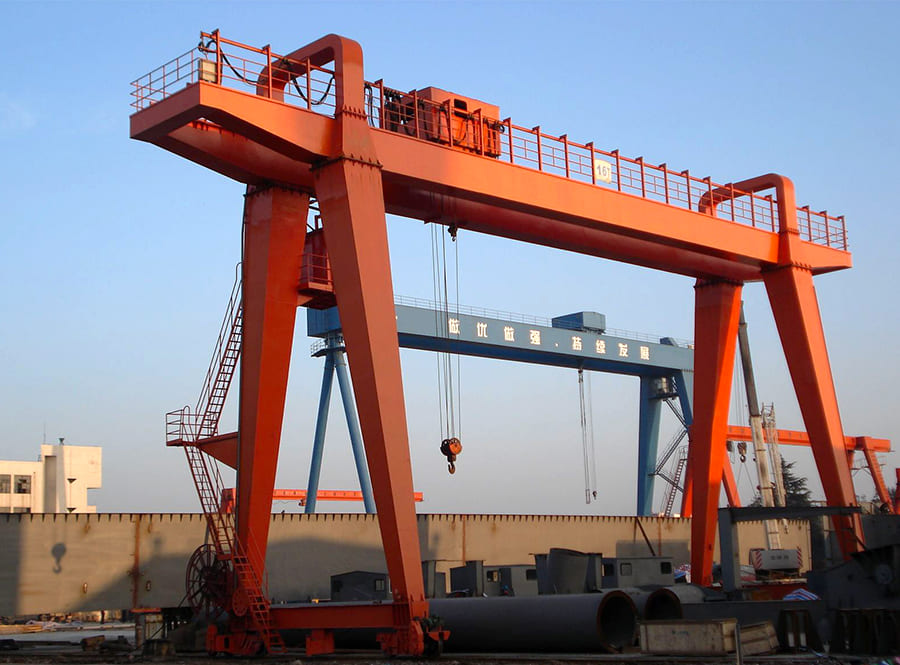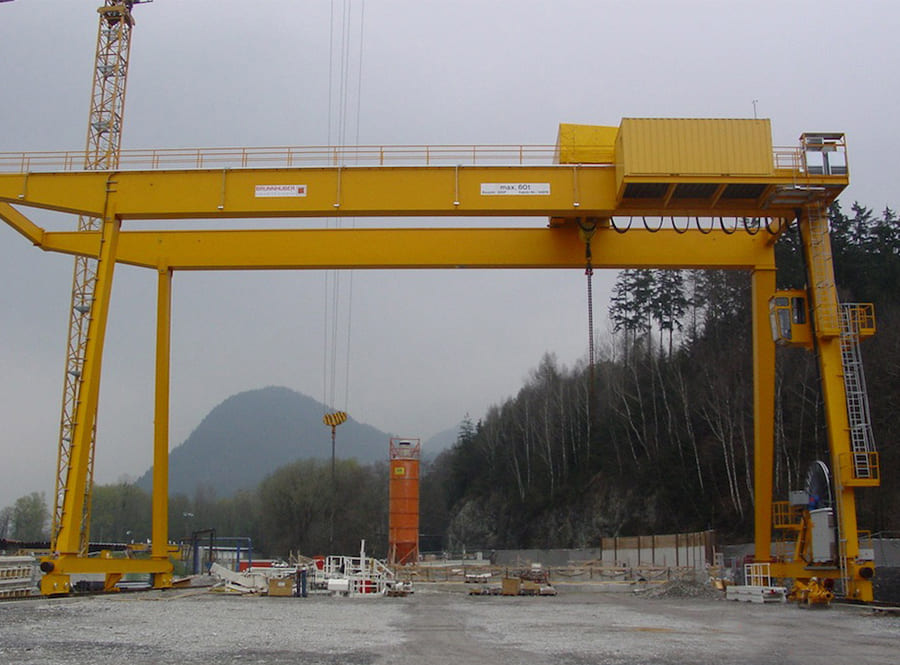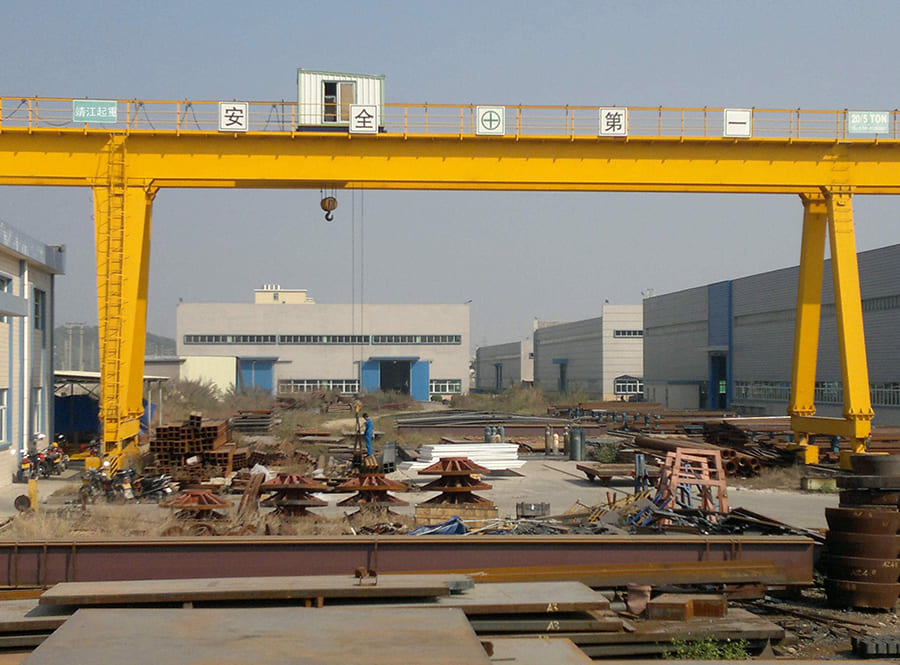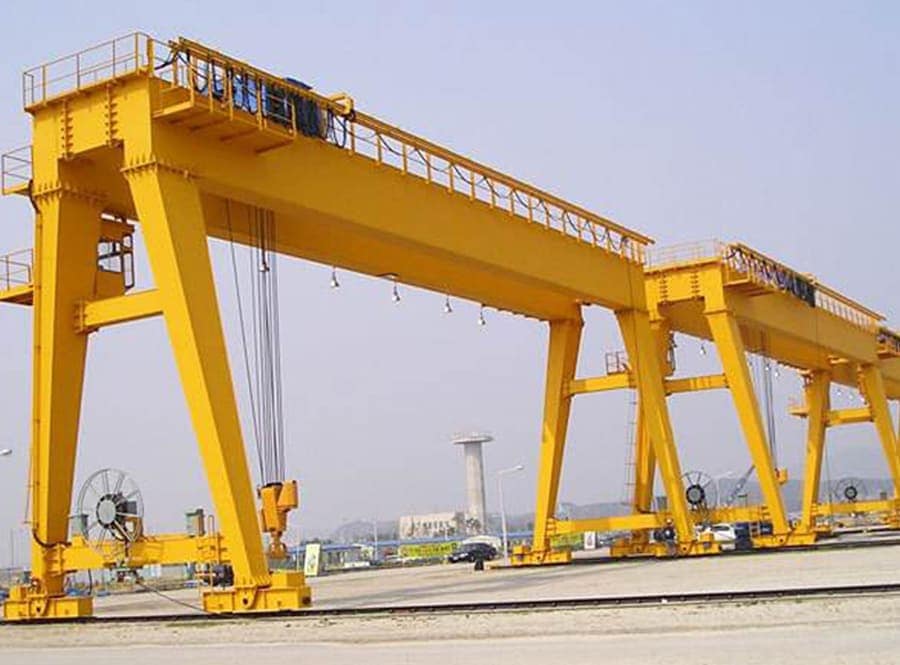Gantry cranes are powerful and versatile lifting machines that play a vital role in numerous industries. These overhead cranes are designed to handle heavy loads and provide efficient and safe lifting operations in various work environments. In this article, we will explore the features, types, and applications of gantry cranes.
Features of Gantry Cranes:
Gantry cranes are characterized by their sturdy steel or aluminum structure, which consists of horizontal beams supported by vertical legs or columns. They are equipped with a hoist and trolley system that allows for vertical and horizontal movement of the load. Gantry cranes come in different sizes and configurations to meet specific lifting requirements.

Types of 갠트리 크레인:
a. Full Gantry Crane: This type of gantry crane has legs on both sides of the lifting area, providing maximum stability and lifting capacity. It is commonly used in shipyards, construction sites, and large manufacturing facilities.
b. Semi-Gantry Crane: Semi-gantry cranes have one leg on the moving side, while the other end runs on an elevated runway or rail. They are suitable for applications where one side of the lifting area is obstructed, such as loading docks or outdoor storage yards.

Applications of Gantry Cranes:
Gantry cranes find applications in various industries, including:
a. Construction: Gantry cranes are used for lifting and moving heavy construction materials, such as steel beams, precast concrete panels, and machinery, at construction sites.
b. Manufacturing: Gantry cranes facilitate the efficient handling of large components, equipment, and raw materials in manufacturing plants.
c. Warehousing: Gantry cranes are utilized for loading and unloading cargo containers, arranging stock in warehouses, and organizing logistics operations.
d. Shipbuilding: Gantry cranes are essential in shipyards for lifting ship sections, engines, and other heavy components during the assembly and maintenance of vessels.
e. Port Operations: Gantry cranes are commonly seen at ports for container handling, enabling the loading and unloading of containers from ships.
Conclusion:
Gantry cranes are versatile lifting solutions that provide efficient and reliable material handling in various industries. With their robust construction, flexibility, and ability to handle heavy loads, gantry cranes contribute to increased productivity and safety in lifting operations. By choosing the appropriate type and configuration, businesses can optimize their operations and benefit from the capabilities offered by gantry cranes.





















